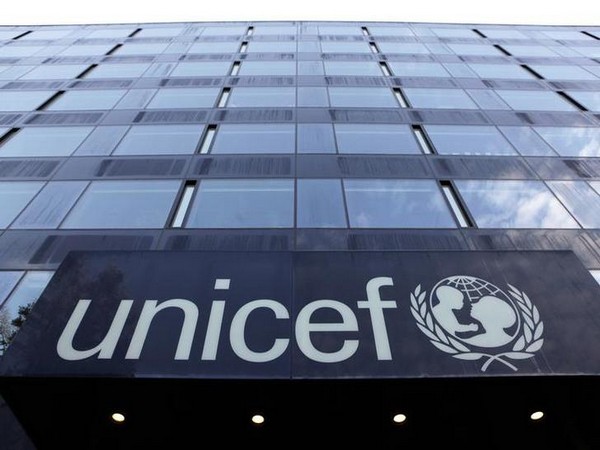New Delhi: The hazardous effects of air pollution could cause an irreversible brain damage to young children’s minds says a recent report by UNICEF. Previously Centre for Science and Environment (CES) study revealed the same could possibly cause premature deaths among young children.
The study revealed the hazardous effects of toxic air generally causes neurological-behavioral problems such as anxiety, attention deficit hyperactivity disorder and development delays apart from lowering the IQ and memory in young children.
According to the study’s estimations, nearly 17 million babies worldwide are subjected to toxic air among which 12 million live in South Asia in areas that have toxic air six times higher than the safe international limits of 20 micrograms per cubic meter for PM10 and 10 micrograms per cubic meter for PM2.5.
Unicef reports says that these ultrafine particulates such as PM2.5 which easily enter the bloodstream, then travel to the brain which damages the blood-brain barrier, a very thin membrane in the brain that protects it from the toxic substances entering the brain. This once entered into the brains causes neuroinflammation, which have been linked to causing Alzheimer’s and Parkinson’s diseases in elderly people.
These ultrafine PM, when inhaled, has adverse effects on the child’s brain and development. The report says the infants are the most vulnerable.
Dr Krishnan Chugh, a Senior pediatric pulmonologist at Fortis Hospitals in Gurgaon explains, “Most of the brain’s development happens in the first 1,000 days of life, which makes children vulnerable to damage by a smaller dosage of toxic chemicals … Children also breathe more rapidly and are more likely to breathe through their mouths, which increase the number of pollutants they inhale.”
Anthony Lake Unicef executive director further explaining the adverse effects of toxic air said, “Not only do pollutants harm babies’ developing lungs, they can permanently damage their developing brains and, thus, their future.”
Mr. Lake suggests that children should be saved from the toxicity in the air.
Likewise, another major air pollutant is the magnetite nanoparticles similar to ultrafine PM. These magnetic nanoparticles enter the human body through the gut and the olfactory nerve which further causes neurodegenerative diseases.
As previous studies have revealed chemicals called polycyclic aromatic hydrocarbons (PAHs) and others are released from the burning of fossil fuels such as coal, petrol and diesel which are the key factors known to damage neural connections in the brain – the foundation of learning and development. Unfortunately, these chemicals are currently in abundance in the nation’s capital New Delhi.
The air quality in New Delhi is worse with pollutants soaring as high as 12 times the safety standards.
The ultrafine air particulate matter PM 2.5, can easily enter the bloodstream causing respiratory and lung diseases. New Delhi’s statistics recorded the air pollution was 16 times more than the national standard and 40 times higher than the prescribed standard by the World Health Organization.
Dr Vinod K Paul AIIMS Paediatrics Professor and also a member of Niti Aayog says, “Air pollution is associated with pneumonia, which kills 18 lakh children in India every year, and triggers asthma, bronchitis, and other throat and respiratory infections, forcing children to miss school and further limiting their learning and development potential.”
He added, “Indoor air pollution has gone down because people have switched to cleaner cooking fuels, but outdoor pollution is threatening to even out the gains. Parents must protect children from outdoor pollution and from tobacco smoke, cooking fumes and heating fires at home.”
The Unicef elaborates the effects says the risk begins in the womb. The foetus exposed to pollutants suffer from brain development delay until the age of three along with other psychological and behavioral problems with a four-point drop in IQ by age five reports Hindustan Times.

